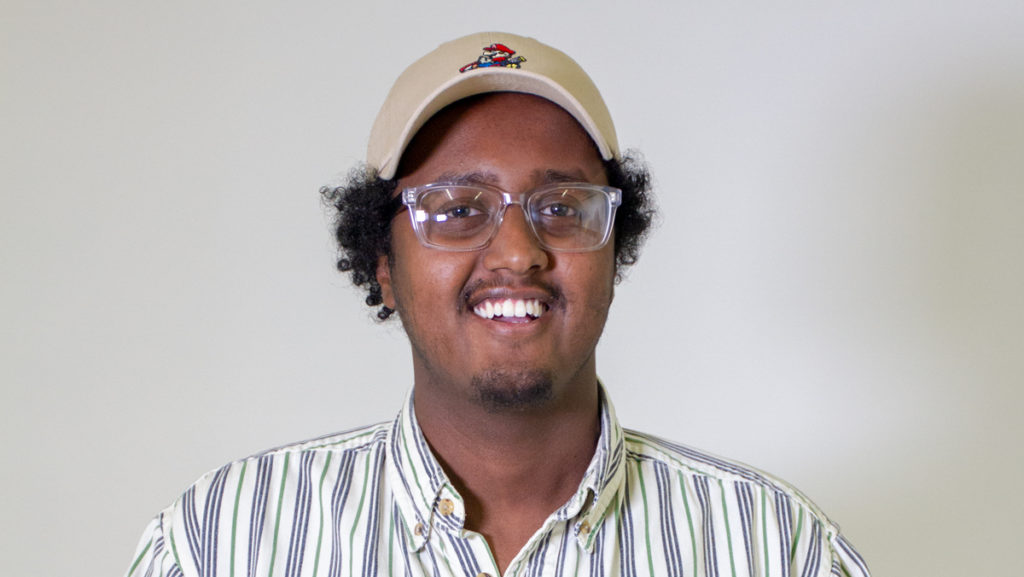What do you call a group of Asians that are gathered together? An Asian invasion. I can’t count the number of times I’ve heard that joke. I won’t deny that it’s a clever use of rhyme, but the punch line of the joke is racist and showcases a little known inaccuracy.
In an overview of race and ethnicity from the 2010 Census, 5.6 percent of the U.S. population identifies as Asian. The Asian population is significantly lower than the Hispanic or Latino and the black or African-American population, which make up 17 percent and 15.2 percent of the U.S. population, respectively.
However, the Asian population increased by 43 percent between 2000–10, which was higher than any major race group in the U.S. That percentage should not be taken at face value because numerically, the Asian population grew from 10.2 million in 2000 to 14.7 million in 2010. The growth was significant, but not enough to call it an “Asian invasion.”
It’s important to note that the Asian population doesn’t just include those of East and Southeast Asian descent. “Asian” also applies to South Asian countries, which includes India and Pakistan.
Because the Asian population is 5.6 percent, it shouldn’t be surprising that the average American is probably unaware of the struggles facing Asian communities. For example, 12.6 percent of Asian-Americans live below the poverty line, while the national average of people living below the poverty line is 12.4 percent.
Asians are not spared from workplace discrimination either. A 2005 Gallup poll revealed 30–31 percent of Asian-Americans have experienced workplace discrimination. Furthermore, Asian-Americans have the lowest probability of being promoted to and holding managerial positions based on perceptions that they lack social skills and may speak English with an accent.
Why are these facts surprising to some people? Is it because Asians are often called the “model minority,” or because nearly 50 percent of them hold bachelor’s degrees in the U.S.? It is these positive statistics and our rather small population that portrays Asian-Americans as the minority group with very few obstacles.





